Stubble and Statecraft: How Beards Grew Political
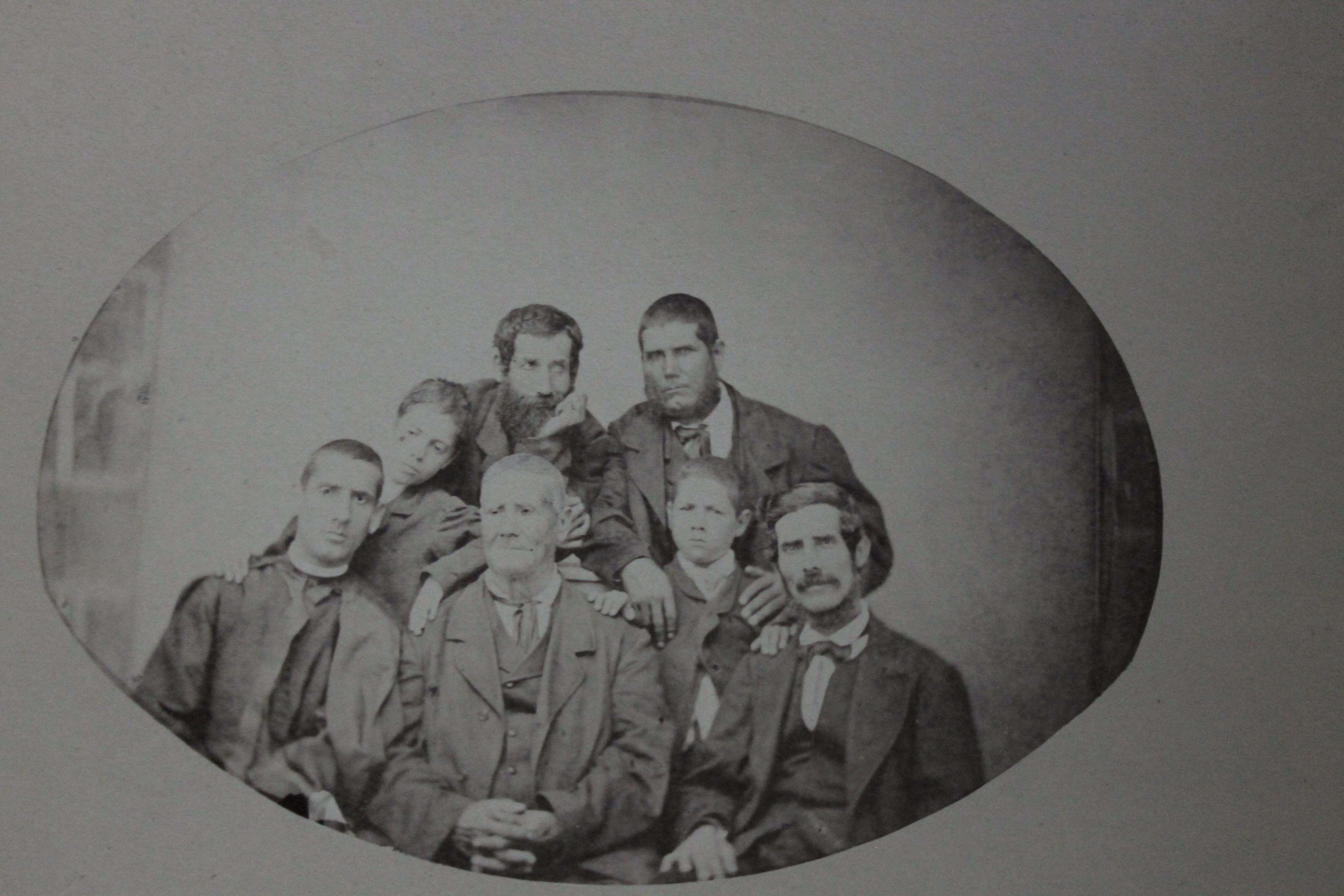
In the back row on the right side, a young man wears his beard in the style favored by those who supported a united Italy: sideburns united by a strip beneath the chin. (Photo: Alfredo Calabrese Archive)
Facial hair is a critical element of the construction of personal and group identity. A stroll through hip areas of Brooklyn and a stroll through office hallways in the Financial District reveal vastly different styles of beards, mustaches, and sideburns. These different styles help to locate people within certain sociocultural identities; you’d be hard pressed to find a Wall Street banker with a waxed mustache.
This assertion of identity through one’s facial hair has a long history. Greek and Roman philosophers distinguished themselves from politicians and laypeople by sporting beards, and even distinguished among themselves by their school of thought and the style associated with it.
The Epicureans wore styled and trimmed beards; the Stoics wore big, full beards; and the Cynics wore shaggy, dirty beards, “to show their disdain for the political, physical world and their rejection of its norms,” says Christopher Oldstone-Moore, a historian whose forthcoming book Of Beards and Men: The Revealing History of Facial Hair delves into the history and politics of beards.
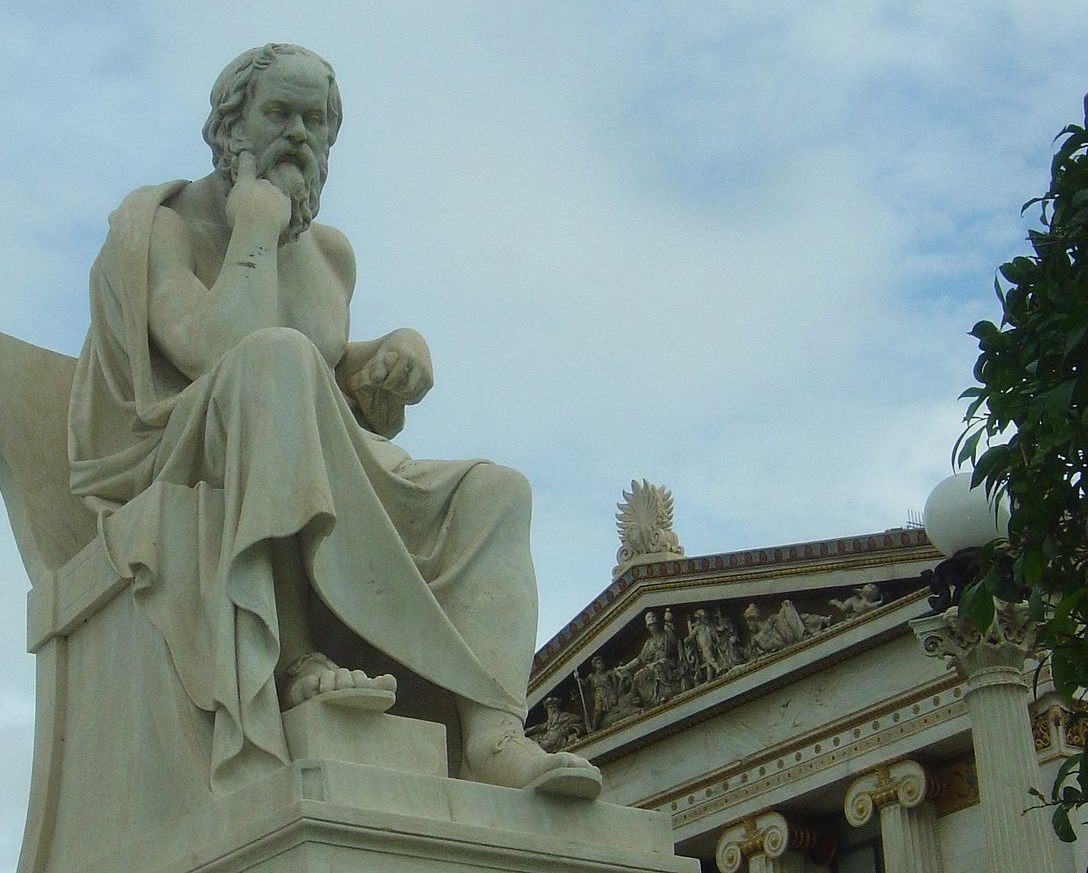
A statue of bearded Socrates outside the Academy of Athens. (Photo: DIMSFIKAS/WikiCommons CC BY-SA 3.0)
Oldstone-Moore argues that throughout history, beards–or the lack thereof–have been used by religious and political leaders, as well as common men, as essential elements to creating group identity. In the Middle Ages, Catholic priests who chose to sport a beard could be excommunicated by the church, whose canonical laws required priests to be clean-shaven.
When late-17th century Russian ruler Peter the Great decided that Russia needed to modernize in Europe’s image, he forbade Russians from growing beards. Those who resisted his order and defiantly grew their beards were heavily taxed.
In the 19th century, beards reached the apex of their popular use and political symbolism. “There seems to have been quite an elaborate political arrangement according to facial hair,” Oldstone-Moore points out, particularly in France in the 1830s and 1840s.
There were a series of failed uprisings during this period, and beards were a not-so-subtle symbol of allegiance. The conservative royalists were clean-shaven, and liberals, who also supported the monarchy, wore mustaches, with and without sideburns.
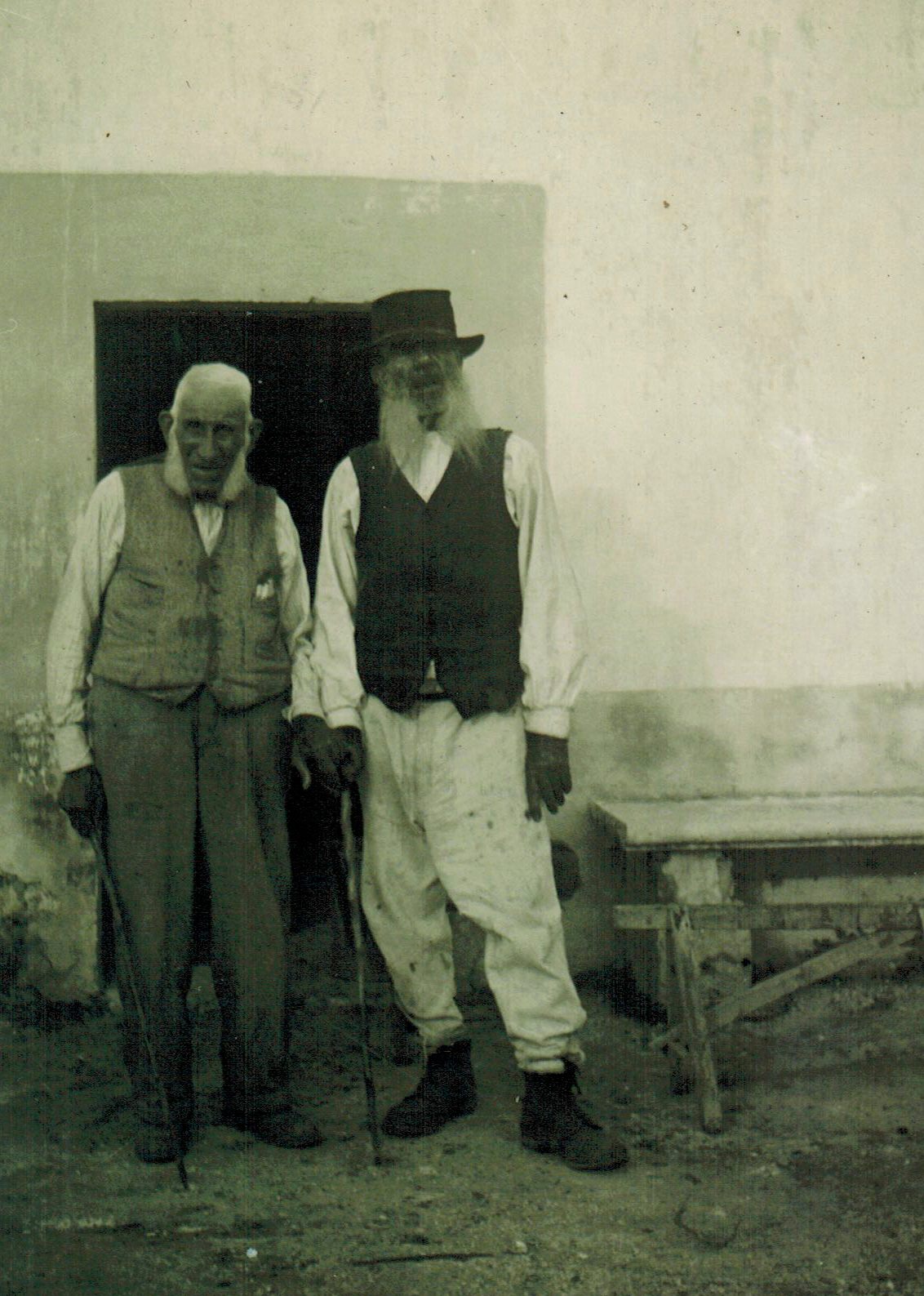
Don Pasquale and the farmer who worked his land wear similar “divided” beards, or sideburns. (Photo: Alfredo Calabrese Archive)
The republicans, who favored ousting the monarchy in favor of a democratic republic, sported sideburns and sometimes a small chin beard (but no mustache), and moderate republicans wore just the sideburns. Bonapartists, who wanted Napoleon’s crew back in power, nixed the sideburns and wore just a small chin beard and moustache.
But this time around, there were no taxes, no excommunications.“It was just sort of a convention that got established,” explains Oldstone-Moore. “It’s a subtle thing that tells people where your loyalties lie.”
Something similar took place in early 20th-century southern Italy, where supporters of the Bourbon kings–who had been removed from power upon the unification of Italy in 1861, seventy years earlier–wore beards and sideburns as a subtle political statement.
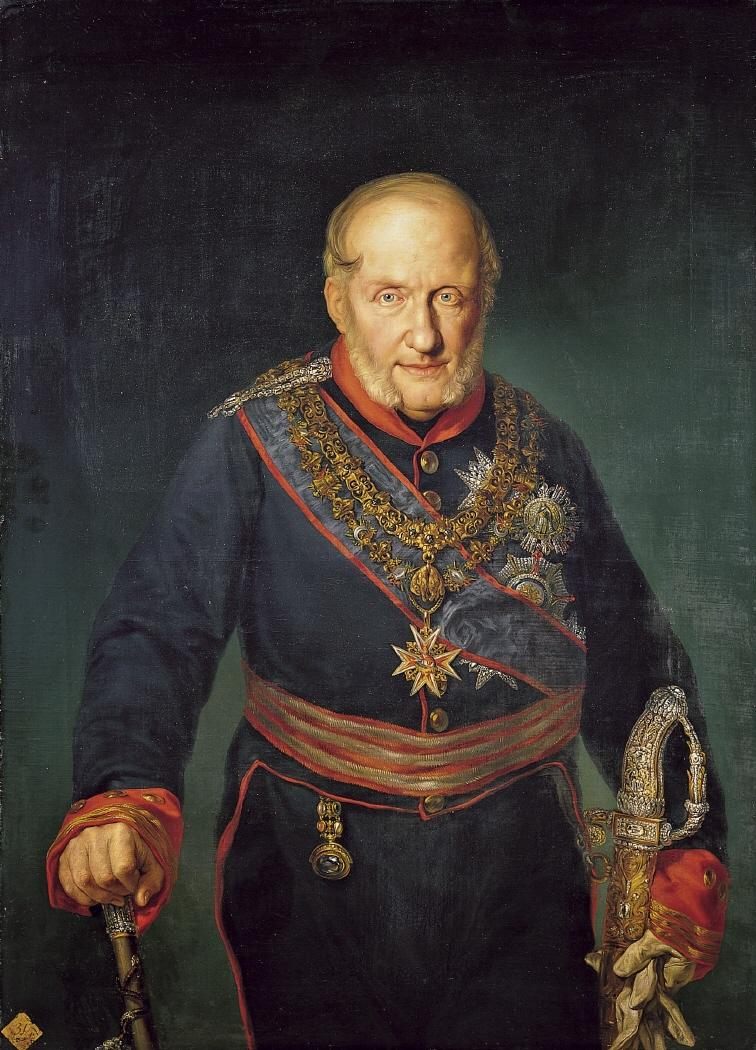
Portrait of Francis I of the Two Sicilies, painted in 1829, and shown to be wearing his facial hair in two long sideburns. (Photo: Public Domain/WikiCommons)
In the later years of Bourbon reign, men across Europe styled their facial hair into long, thick sideburns–even King Francis I, Bourbon King of the Two Sicilies from 1825 to 1830, wore long, thick sideburns. Within a few decades, beards replaced sideburns as a popular style, but more conservative, rural men might very well have continued to sport the old-fashioned style, Oldstone-Moore says.
Photos from the 1930s, collected by Italian collector and local historian Alfredo Calabrese (and this reporter’s grandfather), depict an old farmer named Don Pasquale. He wears long, thick white sideburns, a tattered suit, and one gold earring. Don Pasquale, Calabrese remembers, was a small landowner, and his sideburns weren’t for style. Rather, they demonstrated his support for the Bourbon kings who had been ousted in the last century.
When the supporters of the Kingdom of Italy, founded after the unification of the country, arrived in this area of southern Italy, deep in the Apulian peninsula, they ransacked the homes of those who dared express their loyalty to the former southern kings through flags or other symbols, Calabrese explains. So people demonstrated their loyalties in other ways, including through their beards. A divided beard for a divided Italy.
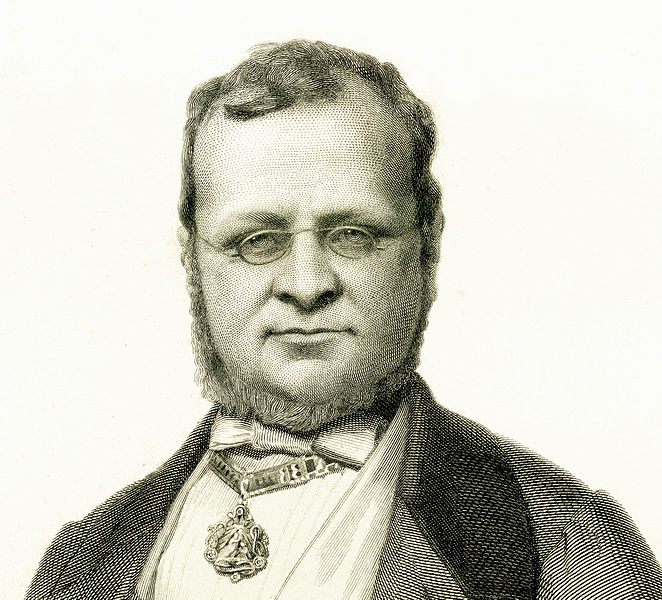
Italy’s Camillo Benso, also known as Count Cavour, wears the beard of unification. (Photo: Public Domain/WikiCommons)
Calabrese says that while some southern landowners styled their beards into thick sideburns that signaled their identity as supporters of the Bourbon kings, others connected the thick sideburns with a strip underneath the chin indicating their support for a united Italy. This style, the full beard or chin beard, had also been worn by cosmopolitan urbanites, like Italy’s famous northern leaders of unification, Giuseppe Garibaldi and Count Cavour. A united beard for a united Italy.
There aren’t any historical documents that specifically link these facial hair styles to political party or preference, but it’s very plausible that many of the men who wore these styles in the early 20th century were, in fact, using them to assert a specific political identity. By the 1930s, the men who sported both of these styles were in their 80s and 90s.
“These guys are clearly old and old-fashioned,” comments Oldstone-Moore, when asked about the phenomenon. “They’re not 20th century men.” Beards had rapidly fallen out of style by that time, he says, and most contemporary men were clean-shaven.
In defiance of urbanism, in defiance of modernism, in defiance of unity, Don Pasquale divided his beard, styled his sideburns, and subtly declared his allegiance to his heritage and his land. Could today’s bearded Brooklynites be doing something similar? Maybe. If nothing else, they share a love for good Bourbons.


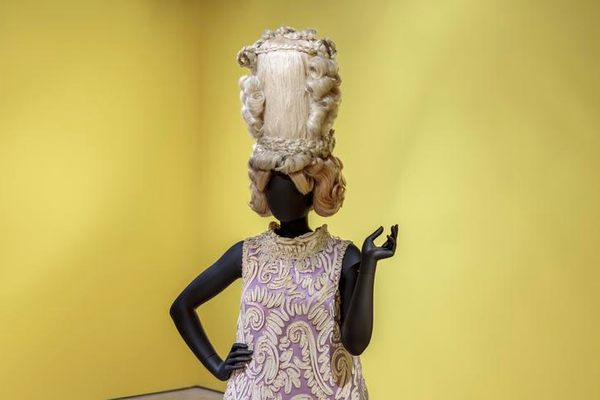






Follow us on Twitter to get the latest on the world's hidden wonders.
Like us on Facebook to get the latest on the world's hidden wonders.
Follow us on Twitter Like us on Facebook